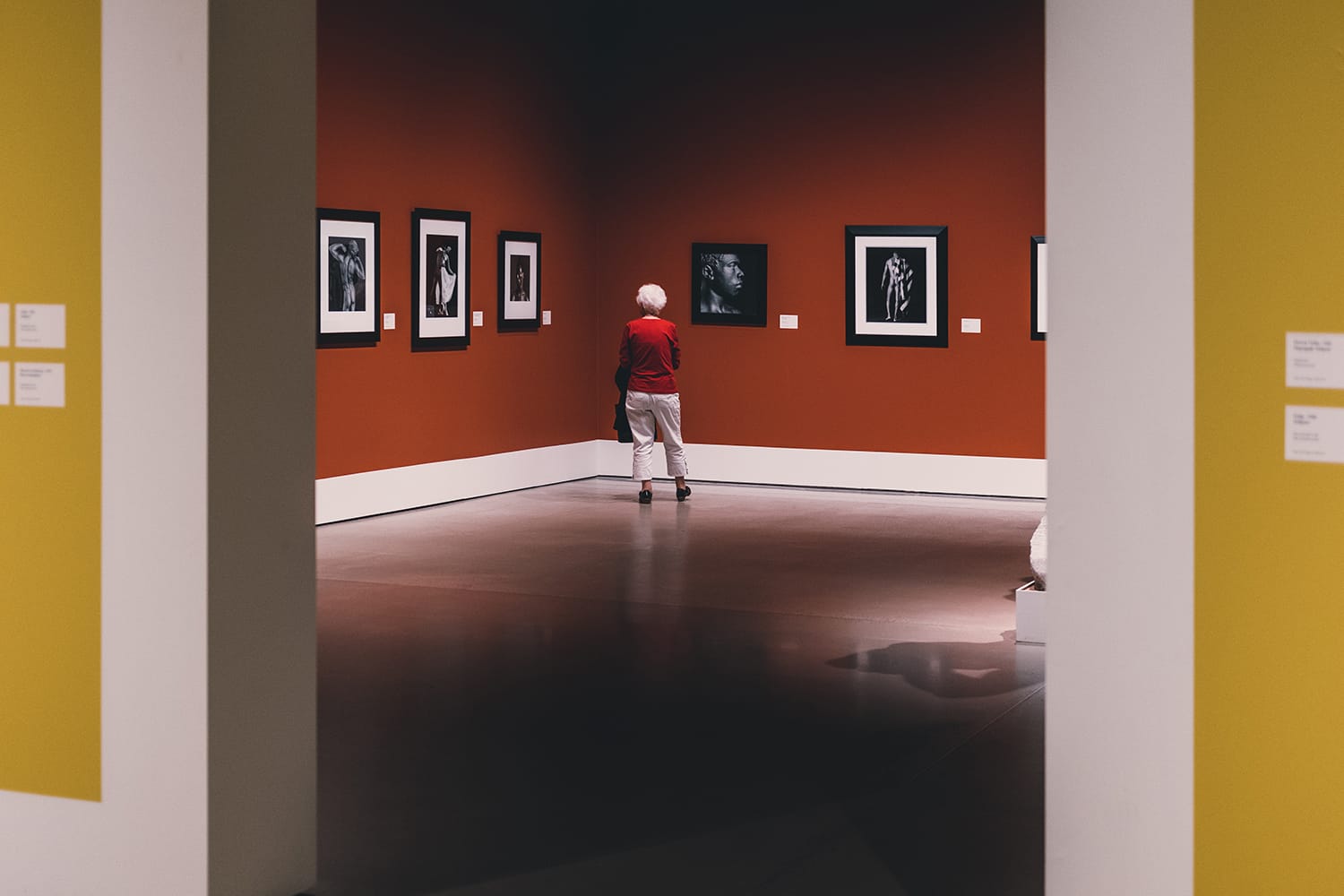Is a Picture Really Worth a Thousand Words?
As photographers, we usually focus on the images and what we’re shooting. And that’s not a bad thing. But, for me, as I progressed as a photographer I found myself becoming increasingly interested in the theory of photography.
There is a wealth of fascinating photography writing out there and it makes for interesting reading. Of course by its very nature theoretical writing is somewhat subjective. We may agree with what is said, or we may not. But the words should be those that help us shed light on the nature of photography and challenge our views. This can help us become better photographers.

In his ‘Selected Essays’, renowned photography writer John Berger says:
“Photographs bear witness to a human choice being exercised in a given situation. A photograph is a result of the photographer’s decision that it is worth recording that this particular event or this particular object has been seen. If everything that existed were continually being photographed, every photograph would become meaningless.”
In a world where imagery has become somewhat ubiquitous with the advent of smartphones, this statement must still hold true for a photographer. This is what sets us apart and shows that we understand our craft. For a photographer, clicking the shutter should be a conscious decision.
What should we try to be saying with our imagery?
Roland Barthes sums it up well in Camera Lucida: Reflections on Photography when he states:
“Ultimately, photography is subversive not when it frightens, repels or even stigmatises, but when it is pensive, when it thinks.”
Barthes wrote the book after his mother died, reflecting on longing and loss. He talks about the ‘punctum’ – the aspect of an image that attracts the viewer and is something intensely private and unexpected. Or consider Robert Adams, talking in his book Why People Photograph:
“At our best and most fortunate we make pictures because of what stands in front of the camera, to honour what is greater and more interesting than we are.”
These are good philosophies to hold true to when shooting. Photography should make us think and we, as photographers, should always be looking for something that has interest to photograph. As Henri Cartier-Bresson says in The Decisive Moment:
“To me, photography is the simultaneous recognition in a fraction of a second, of the significance of an event as well as of a precise organisation of forms which give that event its proper expression.”
All these books that I’ve quoted so far are positive tomes for a photographer to digest. They can help to inspire us, remind us why we pick up a camera in the first place. They make us think about the philosophy behind taking photographs and can, in many cases, give us new ideas and directions to move in.
But what of photographic writing that offers a more controversial view? In On Photography, Susan Sontag says:
“To photograph people is to violate them, by seeing them as they never see themselves, by having knowledge of them they can never have; it turns people into objects that can be symbolically possessed.”
Sontag argues that we don’t feel we have experienced something unless we photograph them and that the saturation of imagery has numbed us to what is actually happening in an image.
The author Fred Ritchn has this to say:
“The decisive moment, the popular Henri Cartier-Bresson approach to photography in which a scene is stopped and depicted at a certain point of high visual drama, is now possible to achieve at any time. One’s photographs, years later, may be retroactively rephotographed by repositioning the photographer or the subject of the photograph, or by adding elements that were never there before but now are made to exist concurrently in a newly elastic sense of space and time.”
These are the perils of the modern photography age. Yes, there is a saturation of imagery and yes, it is possible to digitally manipulate images to the point that they don’t really resemble the original photograph.
But, for me, these theories are a reminder that we, as professional photographers, must strive to be better. We must choose what is worthwhile to photograph and try to ensure that we don’t manipulate our imagery beyond all recognition.
So, perhaps you too should consider reading more on the theory of photography. Because, much like studying other photographers’ work, we can learn a lot when we read up on the philosophy of photography.
